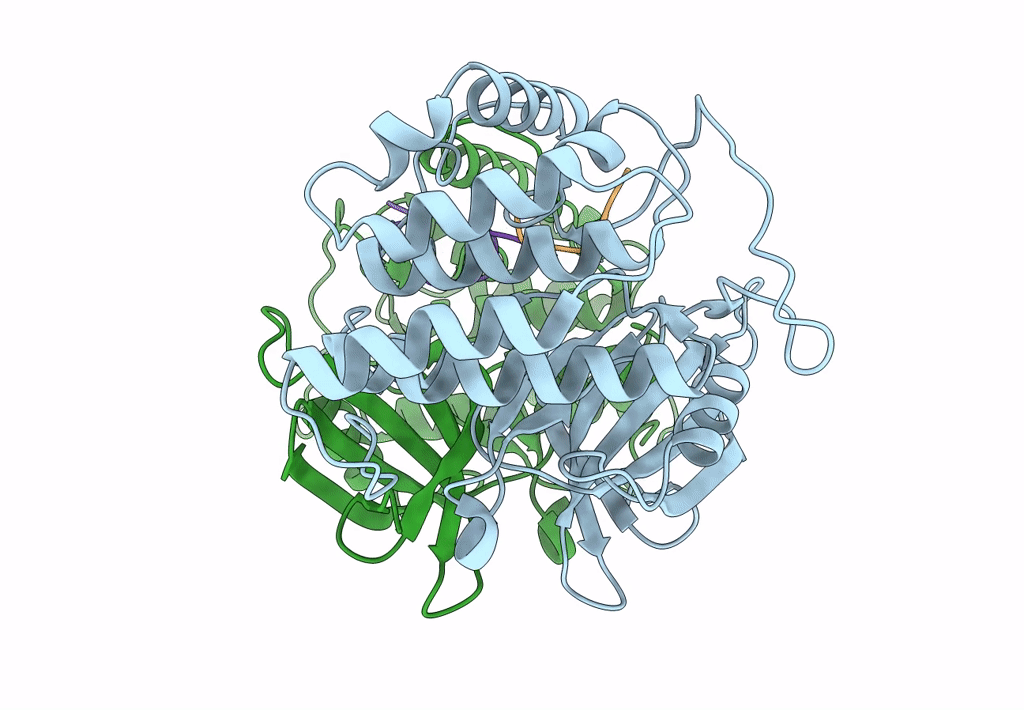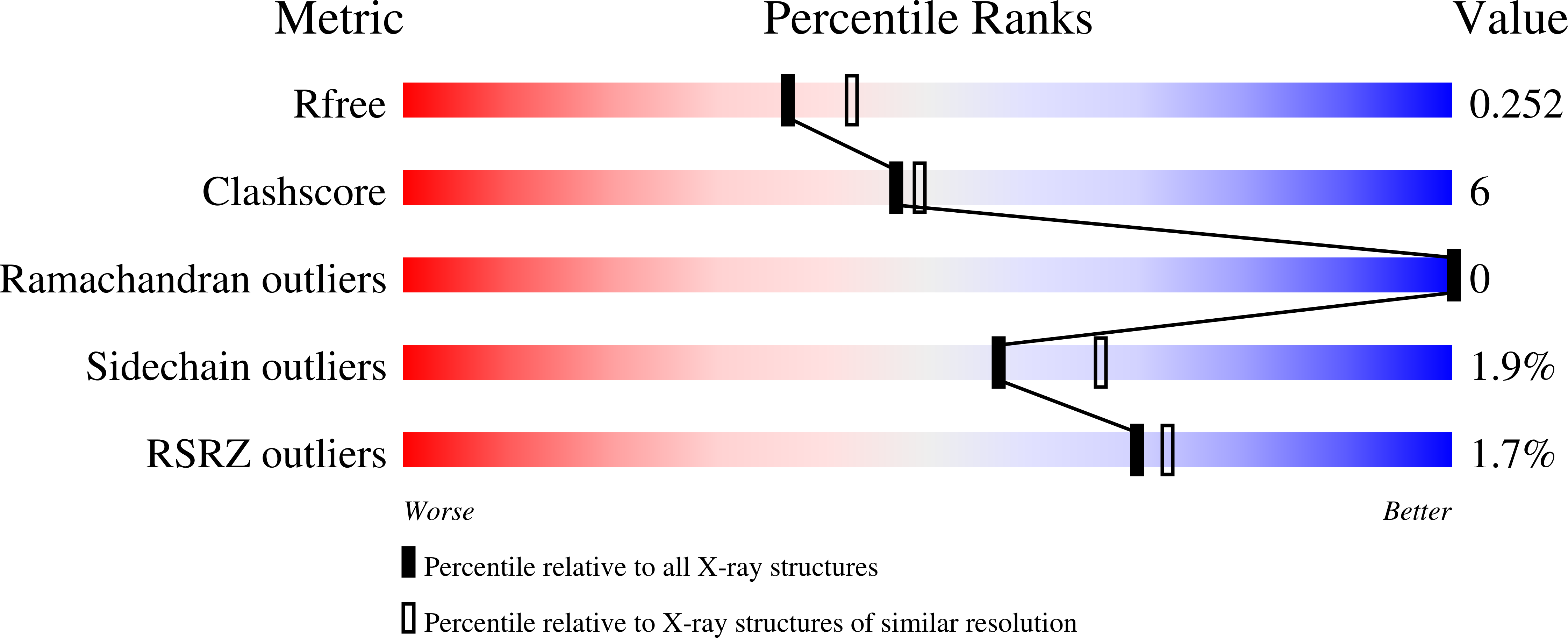
Deposition Date
2022-06-07
Release Date
2023-05-17
Last Version Date
2024-11-06
Entry Detail
PDB ID:
8D7P
Keywords:
Title:
Human Casein kinase 1 delta in complex with phosphorylated Drosophila PERIOD peptide
Biological Source:
Source Organism:
Homo sapiens (Taxon ID: 9606)
Drosophila melanogaster (Taxon ID: 7227)
Drosophila melanogaster (Taxon ID: 7227)
Host Organism:
Method Details:
Experimental Method:
Resolution:
2.25 Å
R-Value Free:
0.25
R-Value Work:
0.19
R-Value Observed:
0.19
Space Group:
P 1


